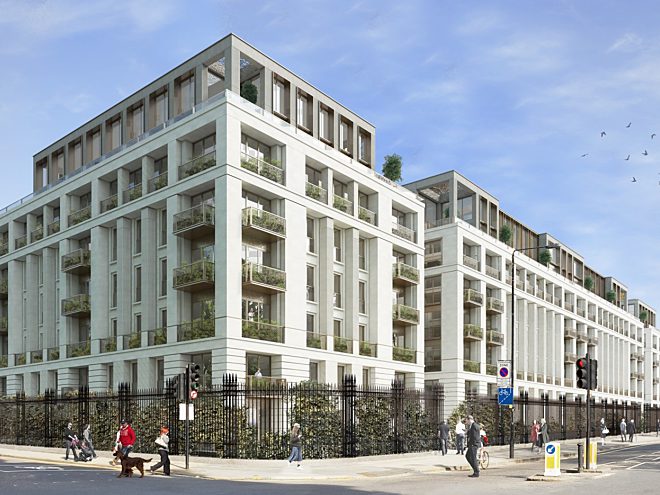Underground energy storage
In Underground Thermal Energy Storage (UTES) the subsurface is used as storage medium for heat and cold. During winter, summer heat is used to heat the building and in summer, winter cold is used for cooling. In this way energy is used both economically and ecologically. The two most common techniques are ATES (Aquifer Thermal Energy Storage) and BTES (Borehole Thermal Energy Storage).
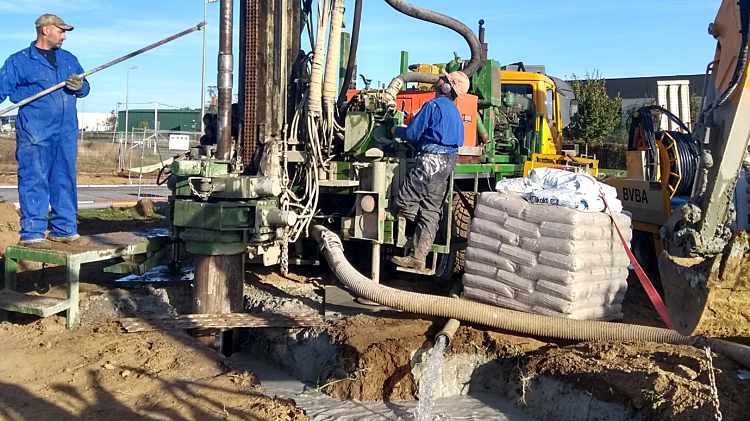
Borehole Thermal Energy Storage (BTES)
BTES is suitable for small buildings (private homes) or for larger projects where the subsurface is unsuitable for ATES. The system consists of borehole heat exchangers, which are boreholes in which plastic tubes are installed. Through these plastic tubes a carrier fluid is circulated. Since the fluid is not in contact with the groundwater, the exchange of the thermal energy (heat or cold) between the fluid and the surrounding ground occurs through conduction. For large BTES systems, a numerical time-dependent simulation is necessary to determine the number of required borehole heat exchangers. AGT also assists in the preparationof the specifications and in the follow-up of the implementation.
Aquifer Thermal Energy Storage (ATES)
ATES is very efficient for passive cooling and heating of large buildings, as well as for cooling of server rooms and industrial processes. During summer, cool groundwater is extracted from the cold well(s) for cooling purposes. Through this process the water is heated after which it is injected in the warm well(s). During winter this system is reversed and the stored warm water is extracted for heating purposes. The cooled water is then re-injected into the cold well(s). In this way a seasonal storage of thermal energy is created. In a feasibility study, based on hydrogeological surveys and available data from the study area, the maximum flow rate per well is estimated. Furthermore, the ideal number of well pairs and their position is determined to maximize the efficiency of the ATES system. The performance is evaluated using hydraulic and thermal modelling. Additionally, AGT assists in the preparation of the specifications, the environmental permit and the follow-up of the implementation.
ATES OR BTES?
Would you like to heat or cool your building in an economical and ecological way? AGT is an expert in determining the most optimal underground energy storage system (ATES or BTES) based on the local hydrogeology and your cooling and heating demand.
Contact us and let's work together!
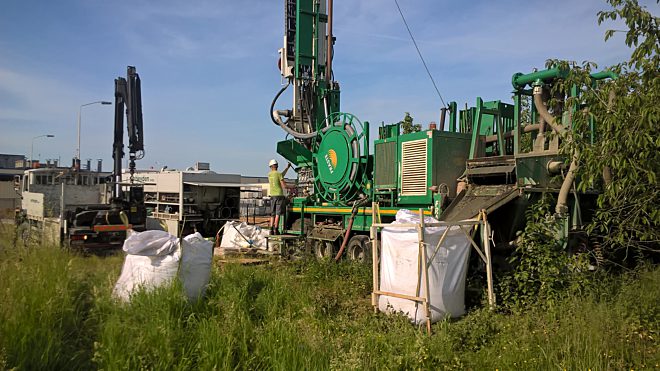
Follow-up by AGT
AGT supervises the drilling of the wells for ATES system, the implementation and the required field measurements such as:
- Pumping tests to determine the hydrogeological parameters of the subsurface and the efficiency of the wells;
- Injection test to determine the maximal injection rate.
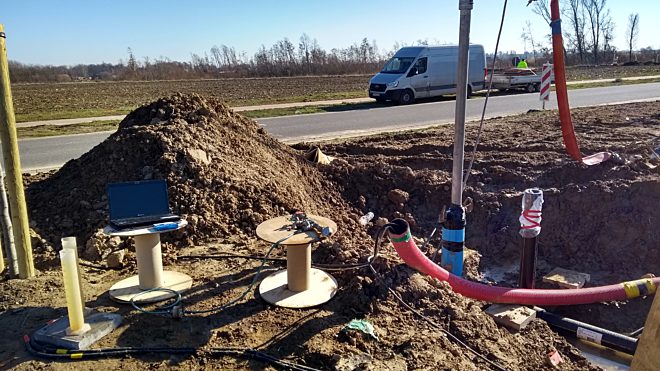
Other field measurements
AGT carries out additional field measurement as part of the feasibility study:
- Monitoring groundwater level using automatic pressure sensors;
- Camera-inspection of ATES wells and monitoring wells;
- Flow test;
- Determination of sand content and suspended material (MFI);
- Thermal Response Test (TRT) for BTES systems
Influence of underground energy storage
For a sustainable and efficient operation of an ATES or BTES system, it is important to consider possible effects on the environment: influence on nearby groundwater abstraction and other underground thermal energy storage systems, spreading existing pollution, salinization and settlements. The long-term impact of underground thermal energy storage is studied in point of feasibility and design by using analytical (EED-) and numerical models (MODFLOW, MT3D, COMSOL Multiphysics).
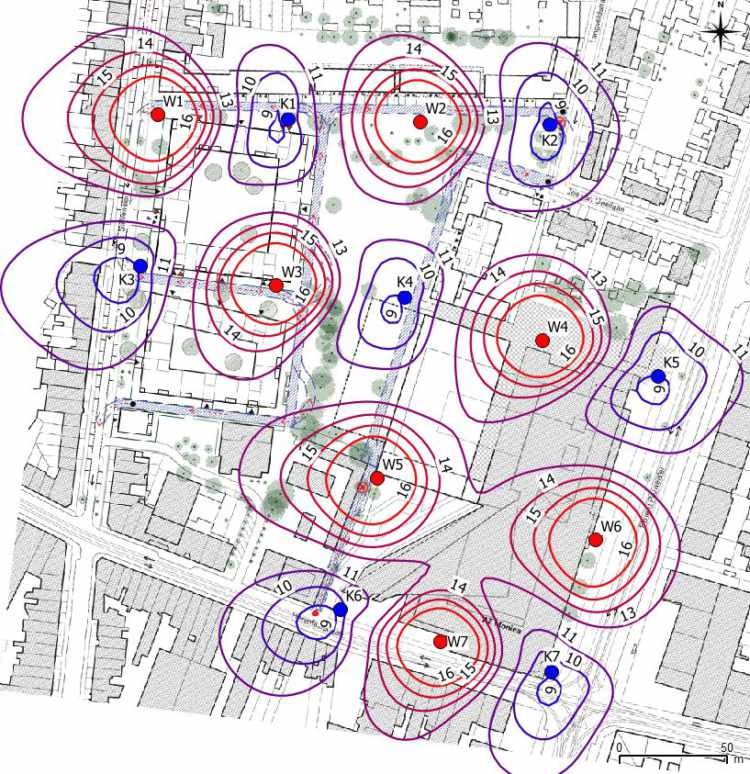

 London, UK
London, UK
